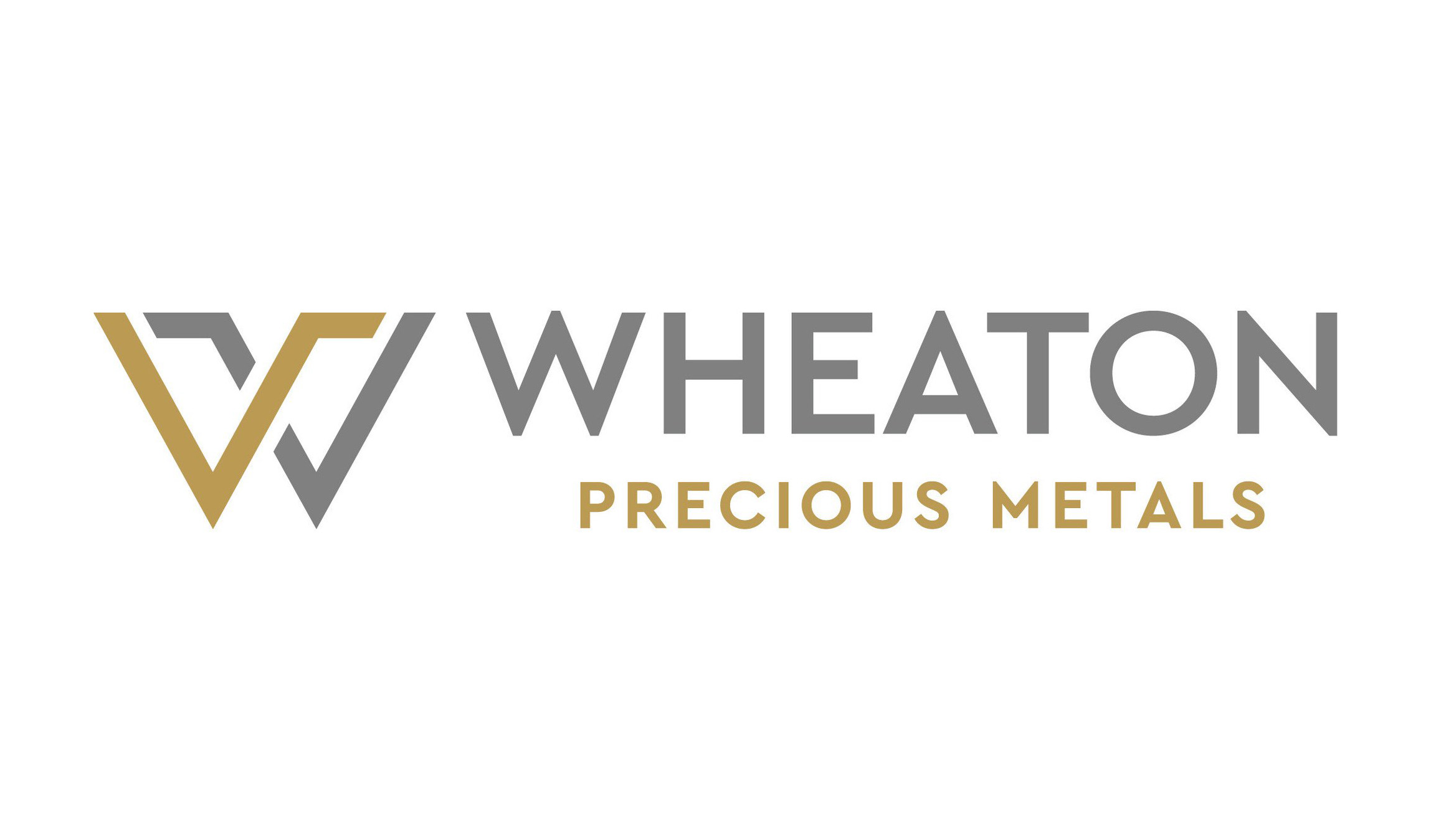by Michael Contopoulos, Director of Fixed Income, Richard Bernstein Advisors
In what was supposed to be the “year of fixed income,” 2023 proved to be an OK year, but not a generational one. The Bloomberg US Aggregate Index returned 5.5%, right in line with the historical average return for the market. Perhaps most surprising, the bulk of the return didn’t come from falling rates, as most expected, but rather coupon clipping combined with a decent return in spread products like corporate credit and agency mortgages. As we shift gears into 2024, spreads are tight, rates are low, and the market is pricing in a whopping six interest rate cuts before year-end. Four of those are expected by August with the first priced to come in March. We believe this sets up the market for another volatile year, one where surprises could lurk around every corner .

Asymmetry
As we enter 2024, investors need to remember fixed income returns, unlike equity returns, are skewed to the downside. A winning scenario for a bond investor is to simply earn a coupon and the ultimate return of principal. Perhaps there can be a few percentage points of upside if one buys a bond below par, but the downside can be severe, as we saw in 2022. Bonds can default, eroding 50-60% of the value of the principal repayment. Also, rates can go up, wiping out the benefit of the coupons earned as prices inversely fall with rising rates. Because of this asymmetric return potential, when spreads are tight and rates are low, managing the downside in fixed income becomes at least as critical ,if not more critical, than striving for upside.
This brings us to 2024. Corporate credit is rich and interest rates are pricing aggressive cuts. The table below highlights the current attractiveness of different segments of the fixed income market.

At the top of the list are those sectors that currently trade with a reasonable yield spread from a historic percentile basis, suggesting reasonable risk-reward. Preferred Securities, AAA and BBB CLOs, and agency mortgage-backed securities lead the pack in terms of their attractiveness. On the bottom resides longer duration and high-quality investment grade corporates and short duration high yield corporates.
Investment Grade Corporates
As we have written in the past ("All about the Macro"), when spreads are tight returns are driven by rates, not credit risk. Historically when investment grade corporate bond spreads are 97bps or less (today’s level), one-year subsequent returns tend to average about 5%. This is below the average yield when spreads are at that level. In other words, when corporate bond spreads are this tight, investors on average earned 1.2% less in yield over the course of the next year.

Interest Rate Risk
The other area investors need to be careful with today is in taking too much interest rate risk. Markets move based on expectations… and in rates, it is the expectations around growth, inflation, and Fed policy that drive Treasury yield levels. Further, supply/demand dynamics have recently proven to be market movers as well. In our view, today’s Treasury market is on the rich side of neutral (short-dated yields have room to move higher). The market has priced in too many cuts, growth may be bottoming, and inflation has not been slayed. Over the next several months leading into tax season, there is also reason to believe bond issuance will be heavy, potentially putting upward pressure on yields.

How RBA is Positioned
In our view, investors need to look for alternative ways to manage fixed income over the next several quarters. This contrasts with owning the market and hoping for falling rates or spreads not to widen. Investors also need to be nimble enough to take advantage of opportunities when they present themselves this year.
Instead of blindly owning the investment grade corporate bond market, for example, RBA has targeted market segments where a supportive growth backdrop has not been priced, such as preferred securities and AAA CLOs. By barbelling AAA CLOs with long term treasuries, we have also been able to synthetically create the same yield and duration characteristics of the investment grade corporate market with far less credit risk. Our view is that making a bold call on Treasury yields at near neutral levels won’t deliver alpha. Instead, we own yield curve positions through options, which can benefit from interest rate volatility as well as bull and bear steepening. For 2024, we also think it is wiser to own Treasury Inflation Protected Securities (TIPS) and 2y notes than the belly of the nominal yield curve, as these instruments deliver attractive yield and protect the portfolio from higher-than-expected inflation.
2024 will likely play out very differently than investors currently expect. Though we are excited by the opportunities that could present themselves, we also believe now is not the time to be a hero.















